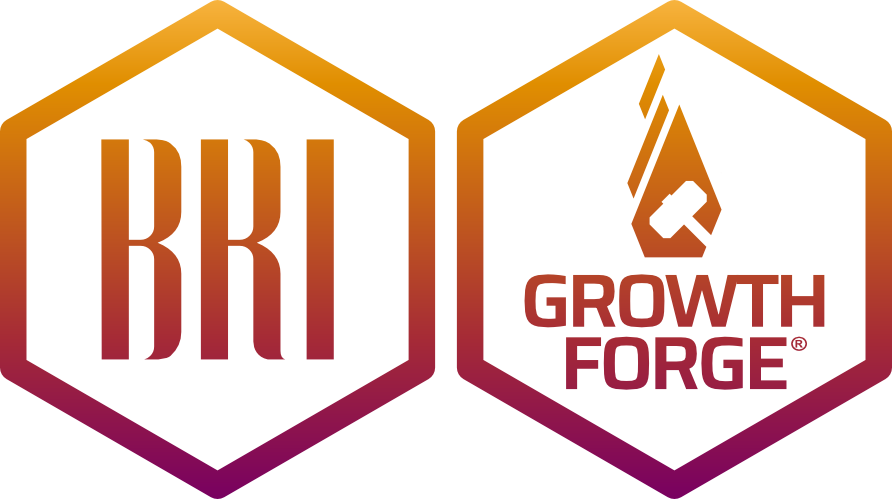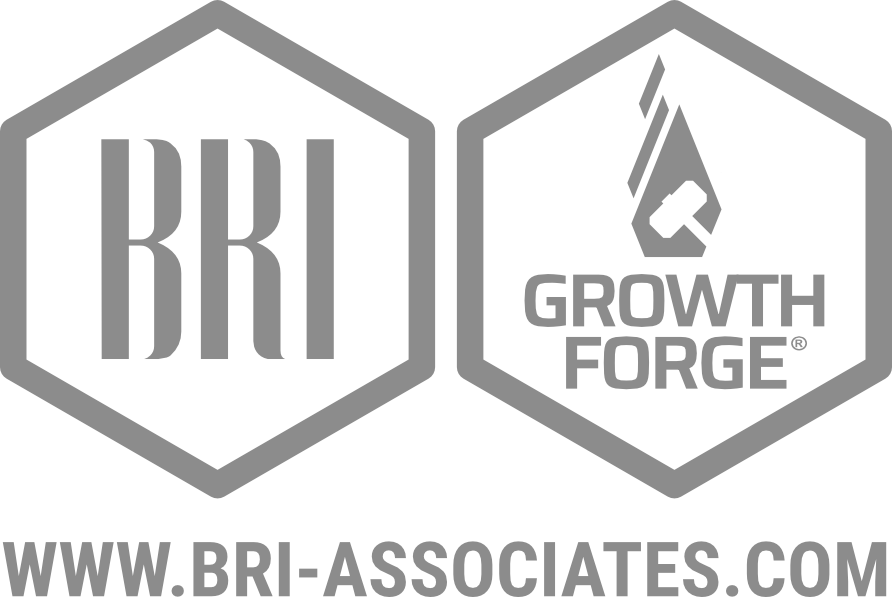Amazon is one of the most successful companies to emerge in recent history and has been more successful than most at deploying and successfully scaling diverse new businesses and business models. Their success spans such wide-ranging businesses as their core e-commerce retail business to digital media production, to consumer electronics, to cloud computing services. They have also managed to successfully integrate some very large acquisitions with diverse products and business models such as Kiva Robotics, Twitch, Whole Foods, and PillPack. Many other well-resourced companies with both technical and business savvy have tried similar levels of diverse innovation, but few have produced anything close to the success that Amazon has in developing businesses that are truly different from their core business and also reach material scale. How is it that Amazon has been so uniquely successful, and can others emulate it?
Many companies are very innovative within their core business and business model, but few are as successful as Amazon when it comes to diverse new business creation and new business model innovation that are significantly different from their core business. We believe that the keys to Amazon's success are actually built into its core values and culture. Whether intentional or not, the key tenets of Amazon's culture enable and support market-driven innovation. In this article, we'll review a few of them and how they work to enable such unique success.
How a Company's Culture and Operating Norms Impact Innovation
Before exploring how Amazon's culture enables them to be uniquely successful with diverse business and business model innovation, we must first understand how a company's culture affects innovation, positively or negatively. As a company grows, it is typically focused on a single product line or business model and the operational norms, company processes, internal policies, and culture evolve to be optimized around that core business. These operational norms can be described in what Clayton Christensen terms RPPs[1], for Resources Processes and Priorities (For more about RPPs, see Part 2 of our earlier blog post from our series on Digital Transformation). Resources like budget, people or other assets can be easily allocated and redirected, but Processes and Priorities become deeply embedded in the culture of a company from the executive leadership team down to specific departments and teams. The RPPs or operational norms that evolve around the core business help the company more efficiently execute that business. As highlighted in their classic book "Built to Last"[2], Collins and Porras highlight their observed correlation between a strong corporate culture and the extraordinary and enduring success of a company.
However, the inverse is often true as well. Those RPPs or operational norms can become barriers or small points of friction that cumulatively can hamstring innovation efforts focused on more radical process changes, diverse markets, product lines, business models and often result in their termination or expulsion from the company. Those are the some of the worst types of failure for an innovation program because they often don't happen until late in the innovation life cycle and are therefore more significant investments and may have much broader visibility inside and outside the company, creating a reluctance to take similar risks in the future.

As described in this diagram, a company's culture and its explicit and implicit priorities can often be constraining factors for innovation and new business growth that diverge from the company's core business, around which those cultural priorities evolved. Overly specific or narrow assumptions about markets, value propositions, and business models constrain a company's ability to innovate with diversity in those areas. Conversely, cultural priorities and value that are agnostic to the content of a business strategy, but instead more focused on the factors that drive good business, create fewer barriers to more diverse innovations.
The "Amazon Way" and Innovation
Whether out of conscious design, fortunate happenstance, or some combination, several key tenets of Amazon's culture actually support and foster diversity in innovation. Below are a few examples, several of which are described in John Rossman's book "The Amazon Way"[3] which describe 14 leadership principals of one of the world's most valuable companies.

"Obsess over the Customer" - Customers are the most important prerequisite for any business model, product, market segment, or even internal processes. So, prioritizing the value, trust, loyalty and interaction efficiency with customers is both inherently good for business, but it is also a priority that is agnostic and any specific type of product or business model and therefore does not create any inherent limiting constraint. If an internal process or capability is creating friction for customers, this cultural imperative creates a cultural bias towards remedying the issue for the customer. We'd wager that an excuse by an internal Amazon department saying they can't support an innovation or new business opportunity because "those customers aren't important" would not sit well with Jeff Bezos.

"Invent and Simplify" - Invention implies and inherent cultural value for innovation, but specifically coupling it with the value of simplifying is an important distinction. It cultivates a Yin & Yang-like balance between product or process innovation and automation or efficiency. Again, these values or priorities are agnostic to any specific product, market or business model. Prioritizing invention creates a motivation to experiment and try new things which is conducive to exploring more diverse opportunities. Simultaneously prioritizing simplification, creates a bias towards efficiency, which for business often means lower costs or operating expenses which is again agnostic and positive for any type of business or internal process innovation.

"Focus on Free Cash Flow" - Many companies focus on a target gross margin threshold as a key performance indicator or success metric for a product line or business. While gross margin is certainly not a bad metric, using it as a proxy for a successful business implies assumptions about operating expenses and scale. If an innovation or new business model relies on very different operating expense models or has scale potential that is different from typical assumptions, then a gross margin metric can be artificially constraining, since it's rare that those implicit OpEx and scale assumptions are identified and spelled out explicitly in the evaluation of a new business model in comparison to investments in the core business. Unlike a specific gross margin metric, free cash flow is a metric which is inherently agnostic to a business model and drives a bias towards OpEx efficiency, scale, and long-term outcomes. For example, a business with a small free cash flow as a percent of revenue at a very large scale can still trump the fat margins of a limited scale opportunity. This is not to say that robust gross margin percentages are not good, but focusing on free cash flow forces an "explicit" evaluation and optimization of the "whole business model" of an opportunity.

"Self-service & Service Oriented Platforms" - This one is a bit on the technical side, but in a technology-centric business, it's a key one. It has to do with embedding a Platform Strategy oriented approach into Amazon's culture and every bit of software that Amazon develops. As described in former Amazon developer turned Googler, Steve Yegge's now infamous Google+ blog post[4] (the full post has been preserved on Github here), in the early 2000's, Jeff Bezos issued a corporate-wide mandate that would change the company. It essentially mandated that any software developed at Amazon been done with well-defined interfaces that could be exposed externally and that any interaction between software projects would be done through these interfaces exclusively, under threat of termination for non-compliance. This did several positive things for Amazon: 1) It made all of their investment in software more re-usable across teams; 2) It forced Amazon to become world-class experts in the design, implementation, and operation of Service Oriented Architectures, which is critical to the success of highly scalable service businesses like AWS; and 3) It embedded Platform Strategy into the organization, even if individual developers didn't understand the specifics or value of Platform Strategy. Service Oriented Architecture and re-usable code mean that an innovation project that wants to leverage a capability of an existing service or product from another team or division doesn't have any material dependencies of that team to do so, which can be a huge source of friction if that team are focused on very different local priorities.
Several of these translate into both explicit and implicit priorities, which get embedded and reinforced into the company's culture. In Amazon's case, these priorities are abstracted away from a specific business model, product category, or market segment and instead center on attributes conducive to a successful business in just about any context. While there are almost certainly aspects of Amazon's culture and RPPs that will hinder some types of innovation or growth activities, their cultural priorities create far more room for diversified growth and innovation than most companies.
Can you Apply These Concepts in Your Company?
The short answer is yes, but changing a company's culture is not easy and not something that can be done quickly. The larger and more optimized a company is around its core business, the greater the challenge may be. One approach may be evaluating your companies' explicit priorities and assessing how specific they are to your existing core business and which gen be generalized to more diverse businesses or business models. Even if those explicit priorities can be adjusted to be more conducive to greater innovation, a few major challenges remain: 1) It takes a long time with consistency and visibly demonstrable recognition of those priorities before they will start to become embedded in the culture; 2) There may be implicit priorities that emerge based on what types of efforts and priorities are recognized and rewarded in the day to day behavior and actions of company leadership that are not aligned with those explicit priorities. If the leadership team does not walk to talk, the implicit priorities driven by their actions will not only render the explicitly stated priorities useless, they will appear hypocritical and can undermine confidence in the leadership.
An alternative approach, which is more immediately actionable, but less far-reaching, is to create what we call an RPP Design Team which can be empowered to work on behalf of multiple innovation projects or businesses to help address mismatches between the RPP's of the core business and those required for the success of a new innovation project or business. The RPP Design Team can help facilitate exceptions or adaptations to existing corporate processes where appropriate, or help the venture establish new ones where needed. We will cover RPP Design Teams in more depth in a future Blog post. If you interested in hearing about that when published, please sign up for our newsletter.
Disclaimer: This article is based on our observations and analysis and is not affiliated with or sponsored by Amazon in any way.
Works Cited:
[1] C. M. Christensen and S. P. Kaugman, "Assessing Your Organization's Capabilities: Resources, Processes, and Priorities," Harvard Business Review, 13 September 2006. [Online]. Available: https://hbr.org/product/assessing-your-organization-s-capabilities-resources-processes-and-priorities/607014-PDF-ENG.
[2] Jim Collins & Jerry Porras, "Built to Last: Successful Habits of Visionary Companies," Harper Business Essentials, October 26, 1994.
[3] John Rossman, "The Amazon Way: 14 Leadership Principles Behind the World's Most Disruptive Company," Sep 20, 2016.
[4] Steve Yegge, "Stevey's Google Platforms Rant," Google+, Oct. 11, 2011. [Online]. Available: https://gist.github.com/chitchcock/1281611#steveys-google-platforms-rant





